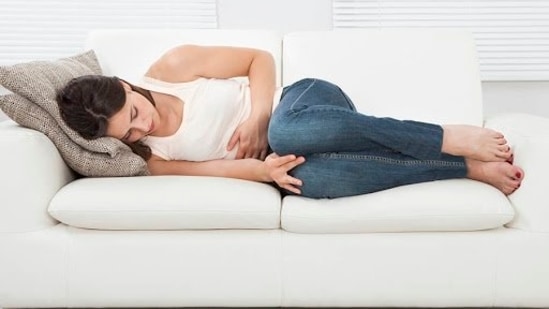
3 common pains women go through and effective tips to manage them
6 months ago | 5 Views
It is a well-established fact that women suffer from painful conditions more frequently than men and the prevalence of health conditions such as lower back pain, musculoskeletal disorders and headaches is much higher in women. In fact, over 45% of women experience chronic pain, compared to just 31% of men.
This heightened burden of pain is shaped by a complex interplay of biological, psychological and sociocultural factors. Additionally, women endure pains specific to female reproductive system, yet they often face barriers to effective pain management solutions as their pain is often dismissed as psychological, leading to delays in its appropriate management.
In an interview with HT Lifestyle, Dr Nikhil Bangale, Head of Medical Affairs at Bayer Consumer Health, shared, “From menstrual cramps to migraines, women experience a range of painful conditions that can significantly disrupt their daily lives. Reproductive hormones like estrogen play a crucial role in modulating sensitivity to pain and relief. Women should be made aware of self-care solutions to manage their pain. But it’s equally important to educate them about responsible use so they know when to seek medical help.”
Here are three common pains women go through and effective ways to manage them -
1. Period Pain
Menstrual cramps are often considered a routine part of the menstrual cycle. This perception, coupled with the stigma surrounding periods and the expectation to keep them hidden, leads to the normalization of period pain. According to India’s largest period health study, over 83% of women experience painful periods and for one in ten, the pain is severe enough to disrupt their daily activities for several days each month.

Gynecologist Dr N Shailaja, MS, MRCOG, from Bangalore, emphasised, “Young girls need to be taught that there is no need to suffer in silence when it comes to period pain. If the pain is caused by muscle contractions of uterus, it can be managed with rest and over-the-counter pain management solutions. Plant-based solutions have minimal side effects and are effective. However, if the pain is intense, it may indicate underlying conditions like fibroids or endometriosis, which require immediate medical intervention.”
2. Musculoskeletal (MSK) Pain
Musculoskeletal pain, including neck, back and joints (osteoarthritis and rheumatoid arthritis) are more common and severe among women. Factors such as genetic predispositions, hormonal fluctuations, anatomical differences and psychological distress contribute to this higher prevalence.
Socio-cultural expectations often burden women with household chores and caregiving duties, leading to prolonged physical strain. Additionally, calcium and vitamin D deficiencies, often resulting from pregnancy and lactation, can worsen the pain.

To manage MSK pain effectively, health experts insist that women should focus on structured and personalised physical activity to improve muscle endurance, optimise mental well-being and ensure adequate sleep. Additionally, nutritional supplements such as calcium, vitamin D and magnesium can help improve bone health and reduce pain.
Incorporating these lifestyle changes alongside nutritional support can significantly alleviate MSK pain and improve overall quality of life for women.
3. Headaches
According to reports, women are three times more likely to experience frequent and disabling headaches than men. This is largely due to hormonal fluctuations from menstruation, pregnancy and menopause, as well as lifestyle stressors.
The New Saridon Survey found that 93% of people recognise the role of stress in their headaches, with women being the most affected. Financial constraints, work pressure and health issues also contribute to their stress.

Headaches can significantly reduce quality of life, causing an average loss of 4.3% of productive time each month but they can be managed with lifestyle modifications and dietary adjustments—such as increasing intake of magnesium riboflavin and vitamin C supplements, as well as dietary sources rich in antioxidants like turmeric. One can also opt for over-the-counter pain relief medications for immediate relief.
Frequent or severe headaches may be a sign of migraines, requiring consultation with healthcare professionals for tailored diagnosis and treatment. Women face a wide range of pain-related challenges throughout their lives, from menstrual cramps and headaches to other chronic conditions. With the right knowledge, resources and self-care practices, women can manage their pains effectively and lead healthier, more productive lives.





















